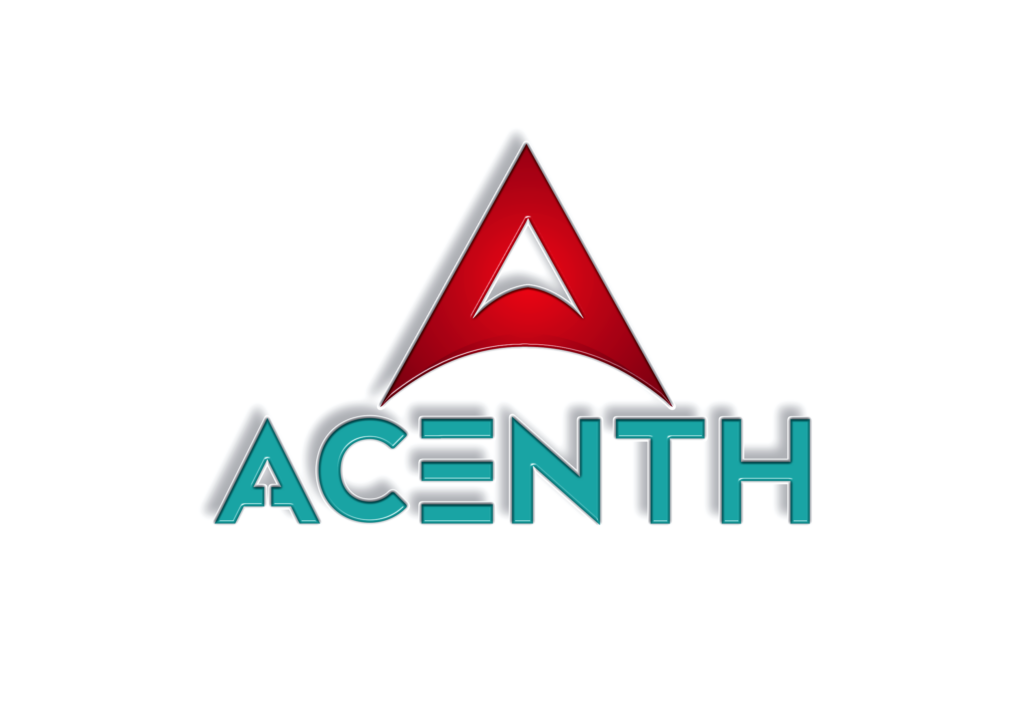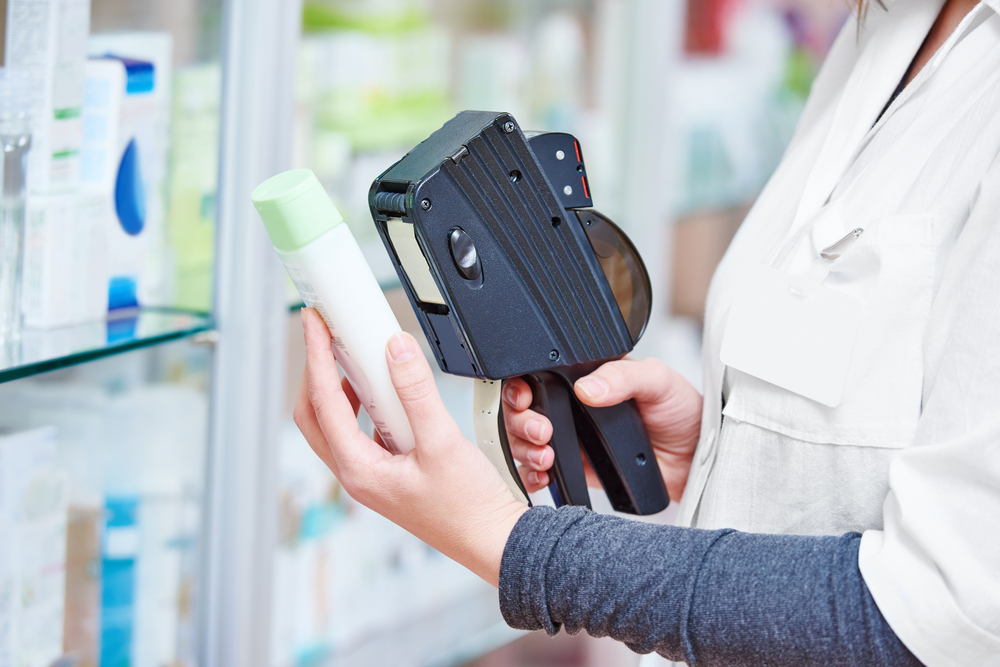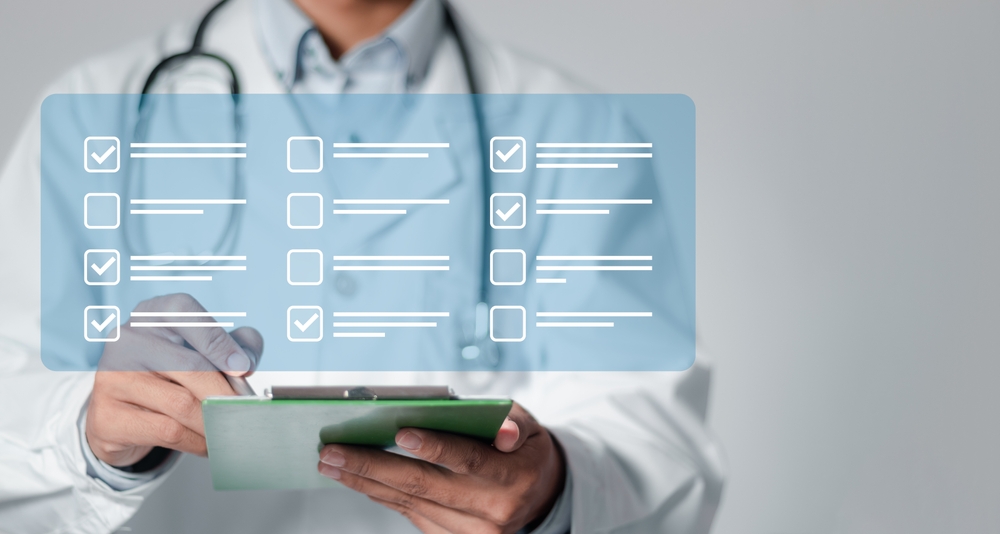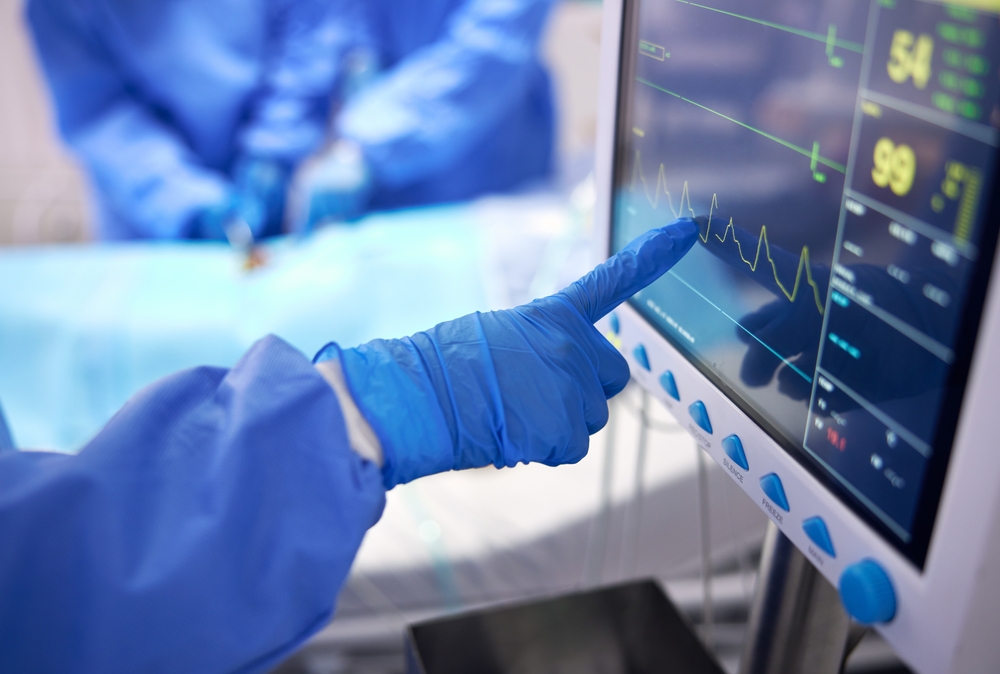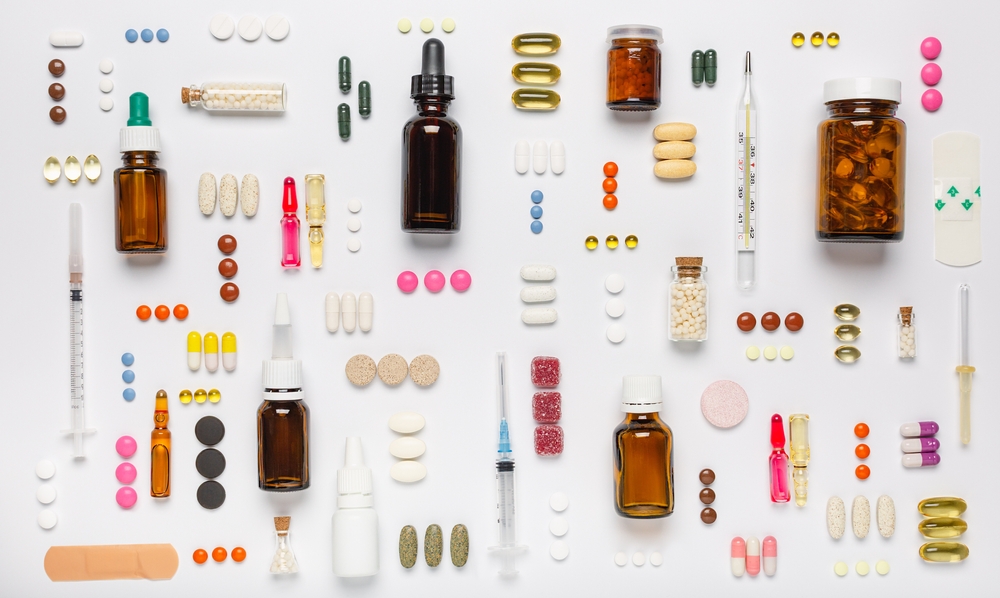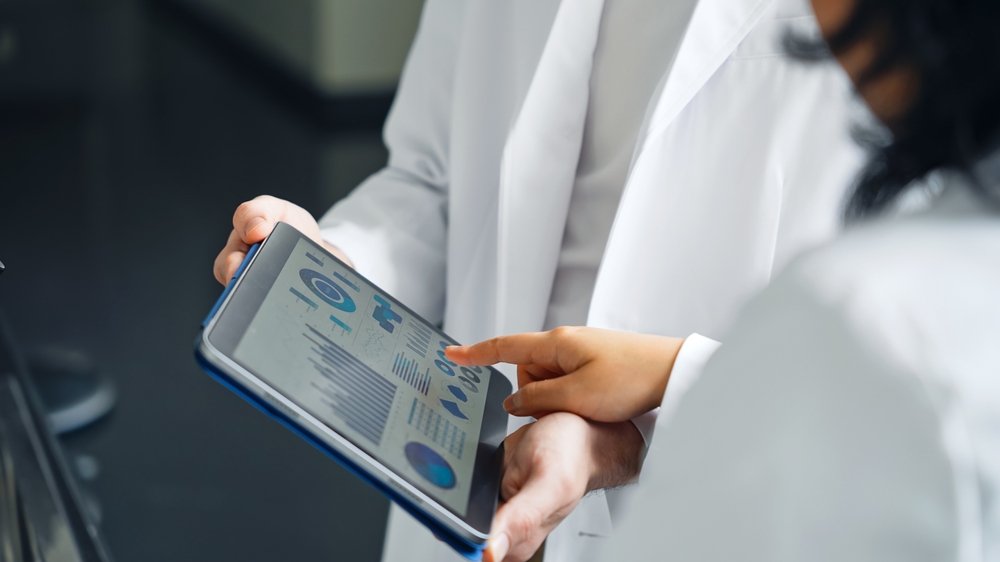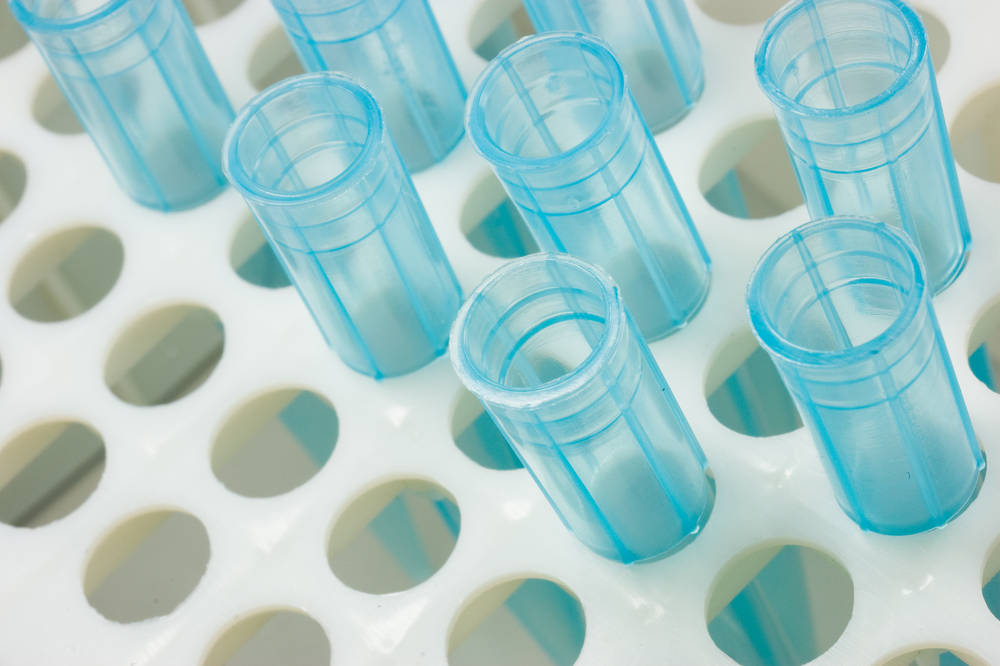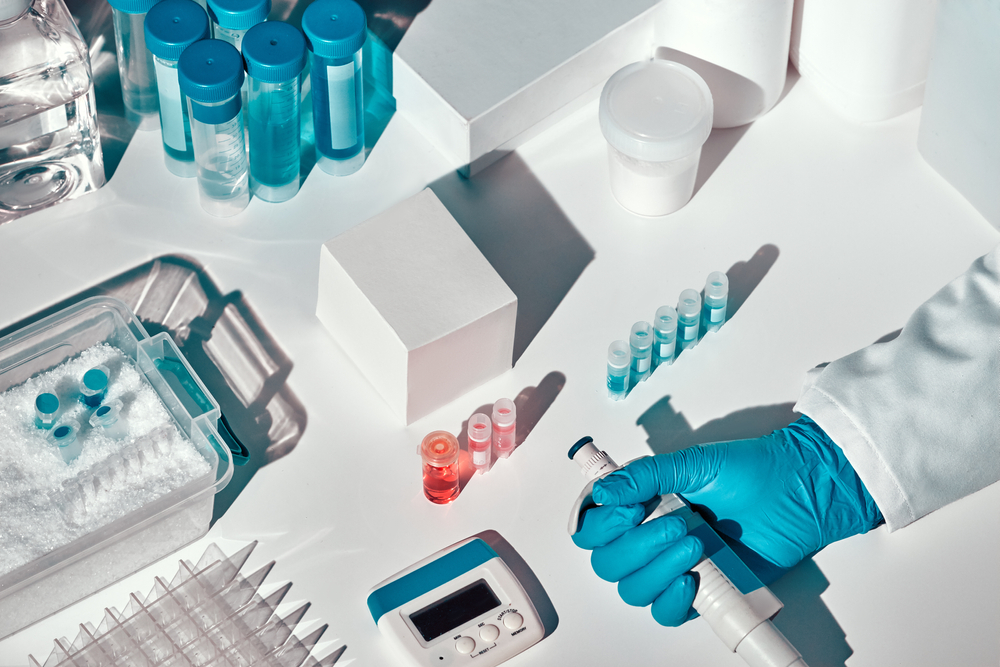In the rapidly evolving world of healthcare, medical device labeling plays a crucial role in ensuring patient safety and regulatory compliance. At Acenth, working closely with Clinical Research Organizations (CROs), we understand the importance of clear and accurate labeling in supporting healthcare professionals. This guide aims to break down the essential requirements of medical device labeling, making it easier for doctors and other health professionals to navigate the regulatory landscape and optimize device usage in clinical practice.
Understanding the Purpose of Medical Device Labeling
Medical device labeling is not just about identification; it serves as the primary communication tool between manufacturers, healthcare providers, and patients. Labels provide critical information such as the device’s intended use, instructions for safe operation, warnings, and any contraindications. Proper labeling minimizes the risk of misuse and enhances patient safety by ensuring that healthcare professionals have all necessary information readily available.
Moreover, medical device labeling helps to comply with regulatory frameworks established by agencies like the FDA in the United States or the European Medicines Agency (EMA) in the European Union. These regulations ensure that devices meet safety standards before entering the market and throughout their lifecycle. For healthcare professionals, understanding the significance of labeling requirements can improve device selection, handling, and administration, ultimately leading to better patient outcomes.
Regulatory Overview for Medical Device Labeling
Medical device labeling requirements vary depending on the device classification, country, and specific regulatory authority. However, there are common principles that govern these regulations worldwide. The FDA’s Code of Federal Regulations (CFR) Title 21 and the European Union Medical Device Regulation (MDR) 2017/745 are two primary frameworks that guide labeling standards.
These regulations stipulate that labels must be clear, legible, and accessible. They must include the device’s name, manufacturer’s details, lot or serial number, expiration date if applicable, and any necessary warnings or precautions. For healthcare professionals, it’s important to be familiar with these basic elements to ensure that devices are used appropriately and safely.
Understanding regulatory distinctions can be complex, especially when dealing with international devices. For instance, labeling requirements for a Class I device may be less stringent than those for Class III, which involves higher risk. Awareness of these categories and their labeling implications supports better clinical decision-making and compliance monitoring.
Key Components of Medical Device Labels
Medical device labels are more than just tags; they convey essential data required for safe device usage. Typically, a label includes the device name, intended use, directions for use, storage conditions, manufacturer’s name and address, and any warnings or precautions. Additionally, symbols are often used to communicate information in a standardized, language-independent manner.
For healthcare professionals, understanding these elements can reduce errors in device application and enhance patient safety. The intended use, for example, clarifies what the device is designed for, preventing off-label uses that could be harmful. Directions for use guide proper handling and operation, which is critical in a clinical setting where misuse can have serious consequences.
Labels may also include instructions for sterilization or disposal, which are vital in maintaining infection control standards. In some cases, supplementary labeling or an instruction manual accompanies the device to provide more detailed guidance. Familiarity with these components helps doctors ensure they are using medical devices correctly, following all safety protocols.
Common Challenges and Best Practices in Medical Device Labeling
Healthcare professionals often encounter challenges related to medical device labeling, such as small font size, language barriers, or ambiguous instructions. These issues can compromise the clarity and effectiveness of the label, potentially leading to misuse or patient harm. Identifying these obstacles and understanding best practices is crucial to mitigate risks.
One best practice is ensuring that labels are designed with readability in mind, including the use of standardized symbols and clear language. In multilingual healthcare environments, labels should ideally include translations or universally recognized symbols to avoid misinterpretation. Additionally, training healthcare staff on how to interpret labels can bridge gaps caused by complex or technical language.
From a regulatory standpoint, manufacturers must keep labels up to date to reflect changes in device use, safety warnings, or regulatory status. Healthcare providers should also report labeling issues to regulatory bodies to help improve overall safety standards. By adopting these best practices, clinicians can enhance patient safety and compliance in medical device usage.
The Role of Healthcare Professionals in Ensuring Label Compliance
Healthcare professionals serve as a critical checkpoint in the medical device labeling process. While manufacturers create and affix labels, doctors and clinical staff must verify that labels are intact, legible, and accurate before using any device. This responsibility is part of a broader commitment to patient safety and quality care.
In practice, this means that healthcare providers should routinely inspect device labels for expiration dates, proper storage instructions, and any visible damage or alterations. They should also be vigilant about understanding the device’s intended use and any warnings associated with it. Proper documentation and communication within healthcare teams ensure that labeling information is consistently followed.
Furthermore, healthcare professionals play a vital role in reporting any labeling discrepancies or adverse events linked to device use. Such feedback can prompt manufacturers and regulators to update labeling requirements, creating a safer environment for patients. In this way, doctors and clinical staff contribute not only to immediate patient care but also to ongoing improvements in medical device safety.
Conclusion: The Importance of Medical Device Labeling Awareness
Navigating medical device labeling requirements can seem daunting, but it is essential for healthcare professionals dedicated to patient safety and effective clinical care. From understanding regulatory frameworks to recognizing the critical components of labels, doctors must stay informed to prevent errors and ensure compliance. At Acenth, in collaboration with Clinical Research Organizations, we recognize the importance of this knowledge for healthcare providers worldwide.
By mastering medical device labeling requirements, healthcare professionals empower themselves to make safer, more informed decisions in clinical practice. This understanding ultimately protects patients and supports the delivery of high-quality healthcare services. Staying up-to-date with labeling regulations and best practices should be an ongoing commitment for every clinician involved with medical devices.
Resources
- U.S. Food and Drug Administration. (2020). Medical Device Labeling.
- European Commission. (2017). Medical Device Regulation (MDR) 2017/745.
- World Health Organization. (2018). Safe Use of Medical Devices: Guidelines for Health Professionals.
